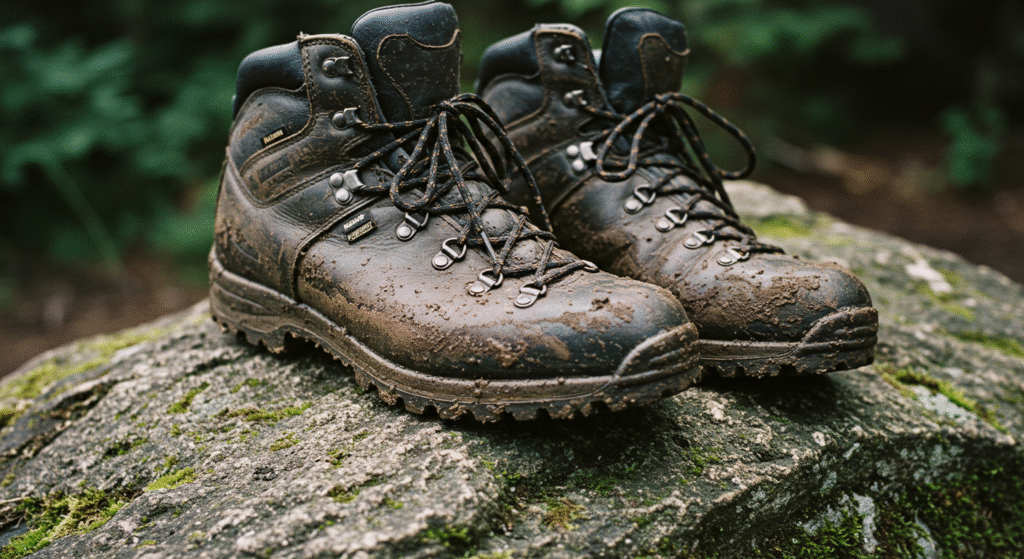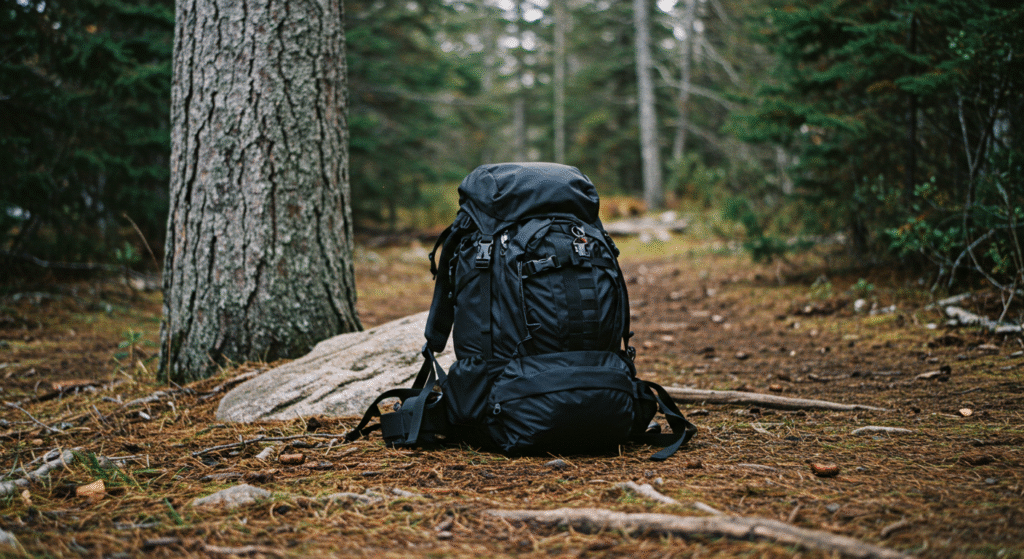The Real Cost of Outdoor Adventure Gear That No One Wants to Talk About
In recent years, outdoor adventures have surged in popularity, fueled by social media influencers, brand-sponsored expeditions, and a global yearning for escape and connection with nature. But beneath the surface of Instagram-perfect hikes and glossy gear catalogs lies a story few talk about: the true cost of outdoor adventure gear. From financial strain to environmental damage, the hidden price tags of our gear addiction are worth a closer look.
The Hidden Price Tag of the Great Outdoors
The allure of nature often comes with a hefty checkout total. The outdoor industry generates billions annually, with gear sales making up a significant portion. According to the Outdoor Industry Association, the outdoor recreation economy contributed over $862 billion to the U.S. economy in 2022. A sizable chunk of that comes from consumers eager to buy the latest tents, jackets, and tech-enhanced gadgets.
Marketing campaigns often push the narrative that better gear equals better adventures. This mindset fuels the urge to upgrade regularly, even when last season’s items are still functional. For many, this creates an unsustainable cycle of spending. A serious backpacker, for example, might spend over $3,000 annually between clothing, gear, and accessories – a figure that doesn’t include travel expenses.

Fast Fashion Hits the Trail
Fast fashion has made its way into the outdoor world, with brands churning out new collections seasonally. What was once an industry rooted in durability and functionality now mimics the turnover rates of mainstream fashion. This approach not only promotes overconsumption but also contributes significantly to environmental degradation.
Synthetic fabrics, water-repellent coatings, and energy-intensive production processes leave a lasting footprint. A 2021 report from the Changing Markets Foundation found that outdoor apparel brands were among the biggest users of polyester, a non-biodegradable plastic derived from fossil fuels. Combine that with growing landfills of discarded gear, and the ecological impact becomes impossible to ignore.
The Gear Arms Race
Outdoor enthusiasts often feel pressured to keep up with the latest gear trends. Whether it’s a lighter backpack, a more breathable rain shell, or a solar-powered water purifier, there’s always a newer, “better” version available. This marketing-driven arms race creates an illusion that more gear equals more authentic or safer adventures.
In reality, over-preparation can lead to overpacking, overspending, and unnecessary waste. Many seasoned adventurers report that their most memorable outings came with the least amount of gear. Instead of enhancing experiences, the push for constant upgrades often detracts from the true purpose of being outdoors: simplicity, challenge, and connection.
Sustainable Steps Forward
Breaking the cycle of overconsumption starts with awareness. Conscious consumers are turning to secondhand stores, gear rental platforms like REI Rentals or Kit Lender, and community gear swaps to fulfill their needs without overburdening the planet. Companies like Patagonia and Arc’teryx now offer repair services and promote durability as part of their brand ethos.
Consumers can also look for certifications like Bluesign®, Fair Trade, and Responsible Down Standard when purchasing new items. These labels help ensure that products are made with lower environmental and social impacts. In addition, online marketplaces such as Geartrade or Facebook Marketplace provide alternatives to buying new.
Five Fast Facts About Outdoor Gear Consumption
- Average Annual Spending: Avid outdoor enthusiasts spend $1,000 to $3,500 yearly on gear alone.
- Polyester Problem: Over 60% of outdoor apparel contains polyester, contributing to microplastic pollution.
- Short Gear Lifespans: Many consumers replace gear within 2–3 years, even when still functional.
- Brand Transparency: Only a minority of outdoor brands provide full supply chain transparency.
- Secondhand Surge: The outdoor gear resale market is growing, expected to reach $20 billion by 2030.

Reimagining Adventure Without the Excess
At its core, outdoor adventure is about experience, not equipment. While quality gear has its place, especially for safety, the idea that every outing requires an arsenal of high-tech tools is misguided. Minimalist adventuring, gear sharing, and DIY repairs are all viable ways to embrace nature responsibly.
Brands, too, have a role to play. Transparency, ethical sourcing, and long-lasting design must become industry standards. Consumers wield significant power through their purchasing choices, influencing which practices succeed and which fall out of favor.
The Trail to Conscious Outdoor Living
The next time you browse for a new tent or jacket, take a moment to consider the real cost. Is it a necessary upgrade, or can your current gear still serve you well? Are you supporting a brand that aligns with sustainable values? Making these decisions with mindfulness not only saves money, it helps preserve the very landscapes we’re so eager to explore.
Outdoor adventure should be about more than accumulating stuff. By embracing thoughtful consumption, we protect the wild places we love and ensure that future generations can enjoy them too.
